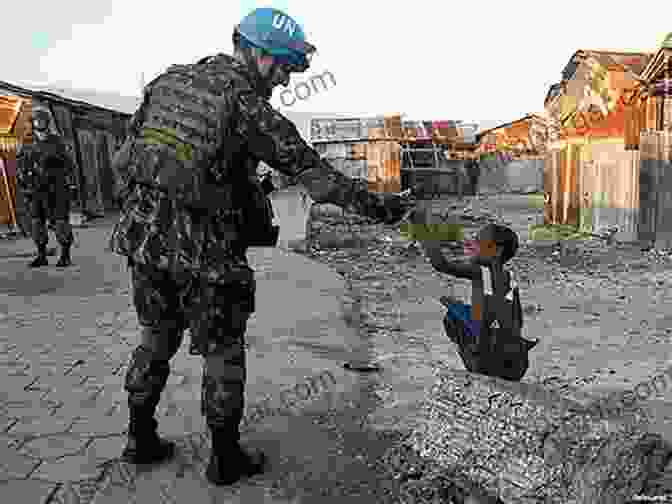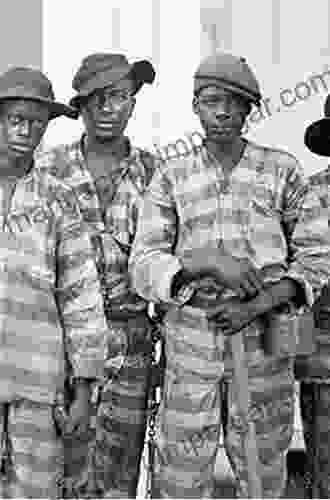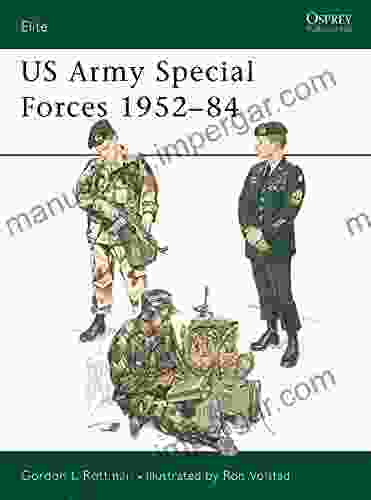Regulating the Use of Force by United Nations Peace Support Operations

An Engaging Article Exploring the Legalities and Impact of Force in Peacekeeping
United Nations (UN) peace support operations play a pivotal role in maintaining international peace and security. As part of their mandates, these operations are often tasked with using force to protect civilians and UN personnel. However, the use of force in peace operations is a complex and controversial issue, raising important legal, ethical, and operational considerations. This article aims to provide an in-depth analysis of the regulations governing the use of force by UN peace support operations, examining their evolution, legal basis, and practical implications.
Evolution of the RegulationsThe legal framework governing the use of force by UN peace operations has evolved significantly over time. Initially, peacekeeping missions were explicitly prohibited from using force, except in self-defense. However, as the nature of conflicts changed and peacekeeping missions became more complex, the need for a more flexible approach became evident.
5 out of 5
| Language | : | English |
| File size | : | 1380 KB |
| Text-to-Speech | : | Enabled |
| Screen Reader | : | Supported |
| Enhanced typesetting | : | Enabled |
| Word Wise | : | Enabled |
| Print length | : | 280 pages |
In 1993, the Secretary-General issued Bulletin 93/6, which provided guidelines for the use of force in peacekeeping operations. This document established the principles of necessity, proportionality, and impartiality as guiding principles for the use of force.
In 2008, the Security Council adopted Resolution 1894, which further clarified the circumstances in which peacekeepers could use force. Resolution 1894 allowed peacekeepers to use force to protect civilians under imminent threat of physical violence, even if this meant using lethal force.
Legal BasisThe legal basis for the use of force by UN peace support operations is derived from several sources:
* UN Charter: Article 2(4) of the UN Charter prohibits the use of force against the territorial integrity or political independence of any state. However, Article 51 provides an exception for self-defense. * Host State Consent: Peacekeeping operations can only be deployed with the consent of the host state. This consent typically includes an agreement on the rules of engagement, which specify the circumstances in which peacekeepers can use force. * Security Council Resolutions: The Security Council has the primary responsibility for maintaining international peace and security. Its resolutions often provide specific mandates for peace support operations, including the authority to use force.
Principles of ForceThe use of force by UN peace support operations is governed by several key principles:
* Necessity: Force should only be used when all other options have been exhausted and there is an immediate threat to life. * Proportionality: The force used should be proportional to the threat posed. * Impartiality: Peacekeepers must use force impartially, without favoring any party to the conflict. * Accountability: Peacekeepers are accountable for their use of force and may be subject to criminal prosecution or disciplinary action if they violate the regulations.
Practical ImplicationsThe regulations governing the use of force by UN peace support operations have significant practical implications:
* Protection of Civilians: The ability of peacekeepers to use force to protect civilians has been a key factor in reducing conflict-related violence and saving lives. * Mission Effectiveness: The use of force can help peacekeepers achieve their mission objectives by deterring violence and creating a more secure environment. * Risk Management: The regulations governing the use of force help to mitigate the risks associated with peacekeeping operations, such as the risk of civilian casualties or escalation of violence. * Policy Challenges: The use of force by peacekeepers raises complex policy challenges, such as the balance between protection of civilians and the principle of impartiality.
The regulations governing the use of force by UN peace support operations are essential for ensuring the safety and effectiveness of these missions. By providing a clear legal framework and guiding principles, these regulations help to ensure that peacekeepers use force in a responsible and accountable manner. As the nature of peacekeeping evolves, it is likely that the regulations governing the use of force will continue to be refined and adapted to meet the needs of an increasingly complex and challenging global security environment.

References
* United Nations. (1993). Guidelines for the Use of Force in United Nations Peacekeeping Operations. Bulletin 93/6. * United Nations Security Council. (2008). Resolution 1894. * United Nations. (2016). Handbook on the Use of Force by United Nations Peacekeepers.
5 out of 5
| Language | : | English |
| File size | : | 1380 KB |
| Text-to-Speech | : | Enabled |
| Screen Reader | : | Supported |
| Enhanced typesetting | : | Enabled |
| Word Wise | : | Enabled |
| Print length | : | 280 pages |
Do you want to contribute by writing guest posts on this blog?
Please contact us and send us a resume of previous articles that you have written.
 Book
Book Novel
Novel Page
Page Chapter
Chapter Text
Text Story
Story Genre
Genre Reader
Reader Library
Library Paperback
Paperback E-book
E-book Magazine
Magazine Newspaper
Newspaper Paragraph
Paragraph Sentence
Sentence Bookmark
Bookmark Shelf
Shelf Glossary
Glossary Bibliography
Bibliography Foreword
Foreword Preface
Preface Synopsis
Synopsis Annotation
Annotation Footnote
Footnote Manuscript
Manuscript Scroll
Scroll Codex
Codex Tome
Tome Bestseller
Bestseller Classics
Classics Library card
Library card Narrative
Narrative Biography
Biography Autobiography
Autobiography Memoir
Memoir Reference
Reference Encyclopedia
Encyclopedia John Sugden
John Sugden Christopher Isherwood
Christopher Isherwood Chuck Jackson
Chuck Jackson Elsie Lincoln Benedict
Elsie Lincoln Benedict Chris Palmer
Chris Palmer Jackson Mcquigg
Jackson Mcquigg Charles Taliaferro
Charles Taliaferro Chris Jay Hoofnagle
Chris Jay Hoofnagle Charlotte Turner Smith
Charlotte Turner Smith Chris Jeub
Chris Jeub Joan Breton Connelly
Joan Breton Connelly Reza Zia Ebrahimi
Reza Zia Ebrahimi Ray E Boomhower
Ray E Boomhower Chaudhery Mustansar Hussain
Chaudhery Mustansar Hussain Louis Liebenberg
Louis Liebenberg Christina S Beck
Christina S Beck Christopher M White
Christopher M White Rich Hamilton
Rich Hamilton John D Grainger
John D Grainger John Lynn
John Lynn
Light bulbAdvertise smarter! Our strategic ad space ensures maximum exposure. Reserve your spot today!

 David BaldacciHow to Become a Navy SEAL: A Comprehensive Guide to the Toughest Job in the...
David BaldacciHow to Become a Navy SEAL: A Comprehensive Guide to the Toughest Job in the... Ron BlairFollow ·4k
Ron BlairFollow ·4k Jedidiah HayesFollow ·8.9k
Jedidiah HayesFollow ·8.9k Hugh ReedFollow ·12k
Hugh ReedFollow ·12k Albert CamusFollow ·7.2k
Albert CamusFollow ·7.2k Brennan BlairFollow ·13.6k
Brennan BlairFollow ·13.6k VoltaireFollow ·6.3k
VoltaireFollow ·6.3k Neal WardFollow ·6.1k
Neal WardFollow ·6.1k José SaramagoFollow ·11.7k
José SaramagoFollow ·11.7k

 E.E. Cummings
E.E. CummingsOne Man's Story of What It Meant to be Pj
In the tapestry of life,...

 Caleb Long
Caleb LongPattern Theory in Video Keno: Unveiling the Art of...
Embark on an enlightening journey into the...

 Douglas Adams
Douglas AdamsUnveiling the Diplomatic Landscape: The Ottoman Empire,...
Delving into the History...

 Terry Bell
Terry BellThere Still Is No Off Season: Embracing Year-Round...
In a world consumed by routine and the allure...

 Ibrahim Blair
Ibrahim BlairBrain Teasers Games and Puzzles: Exercise Your Mind with...
Prepare to embark on a captivating journey...
5 out of 5
| Language | : | English |
| File size | : | 1380 KB |
| Text-to-Speech | : | Enabled |
| Screen Reader | : | Supported |
| Enhanced typesetting | : | Enabled |
| Word Wise | : | Enabled |
| Print length | : | 280 pages |












